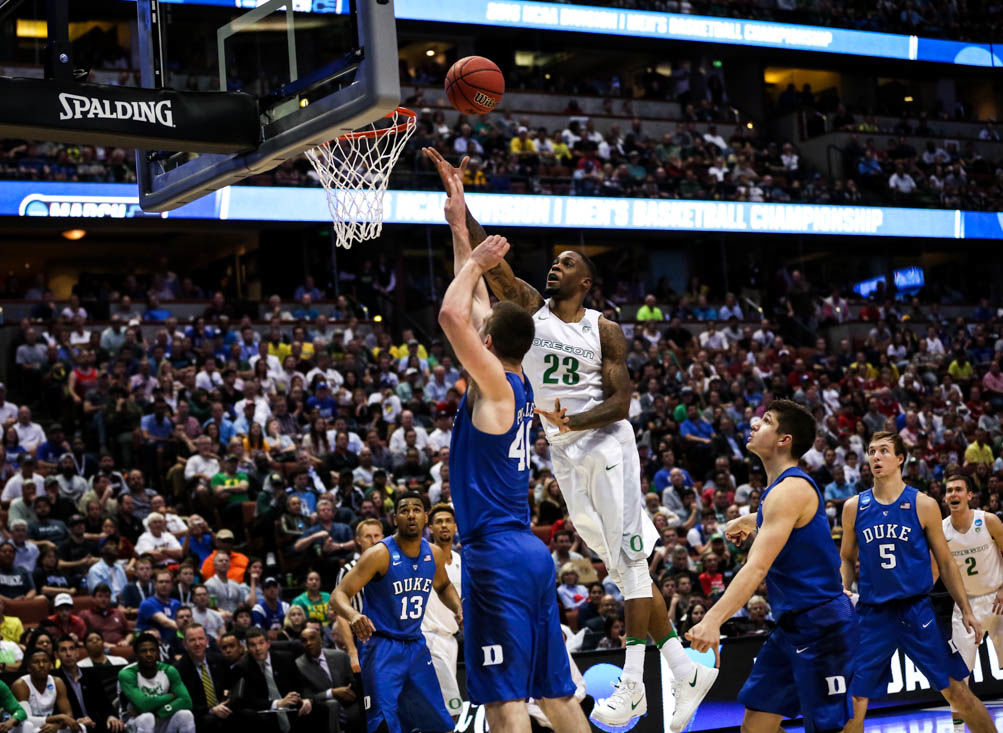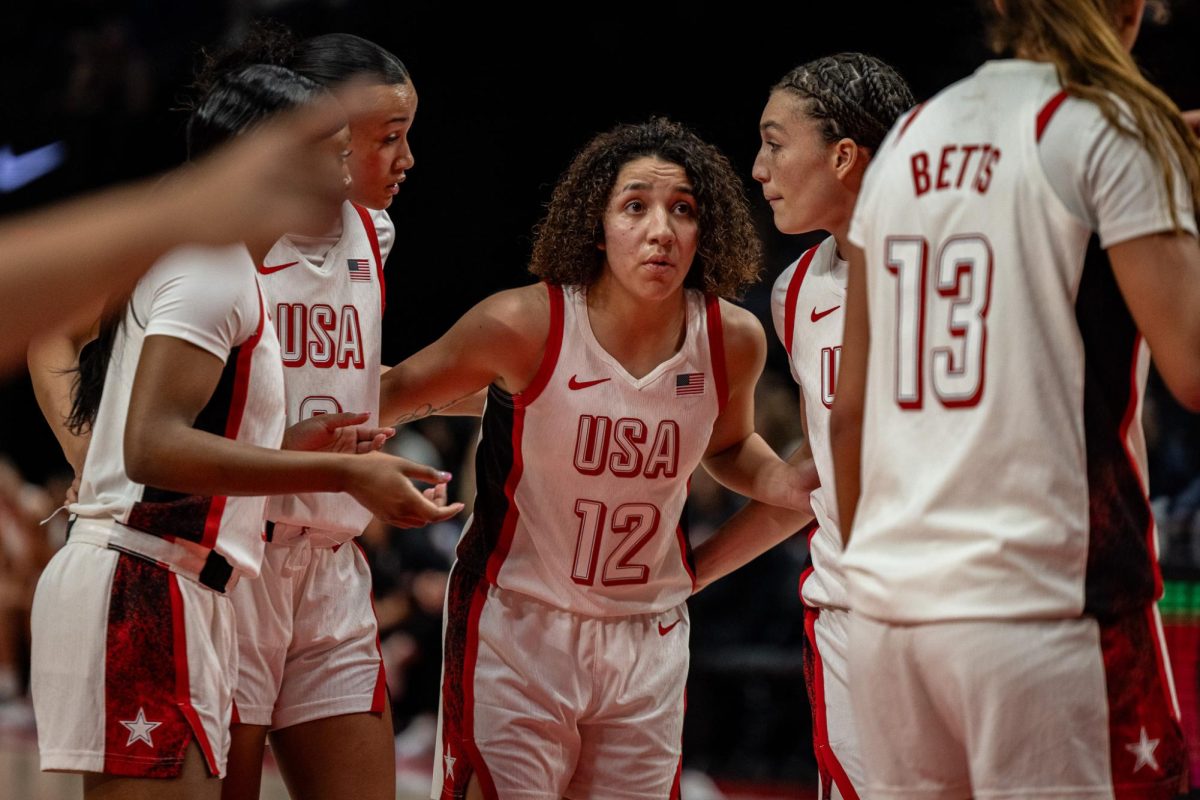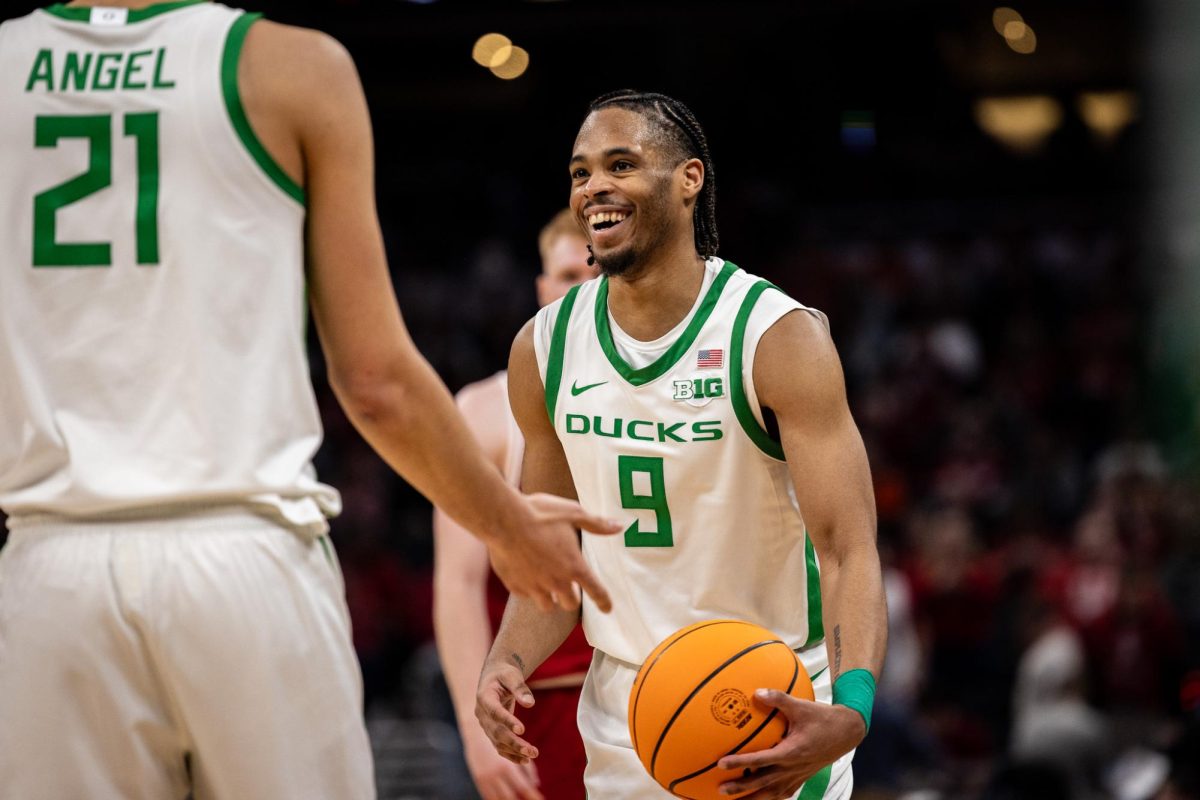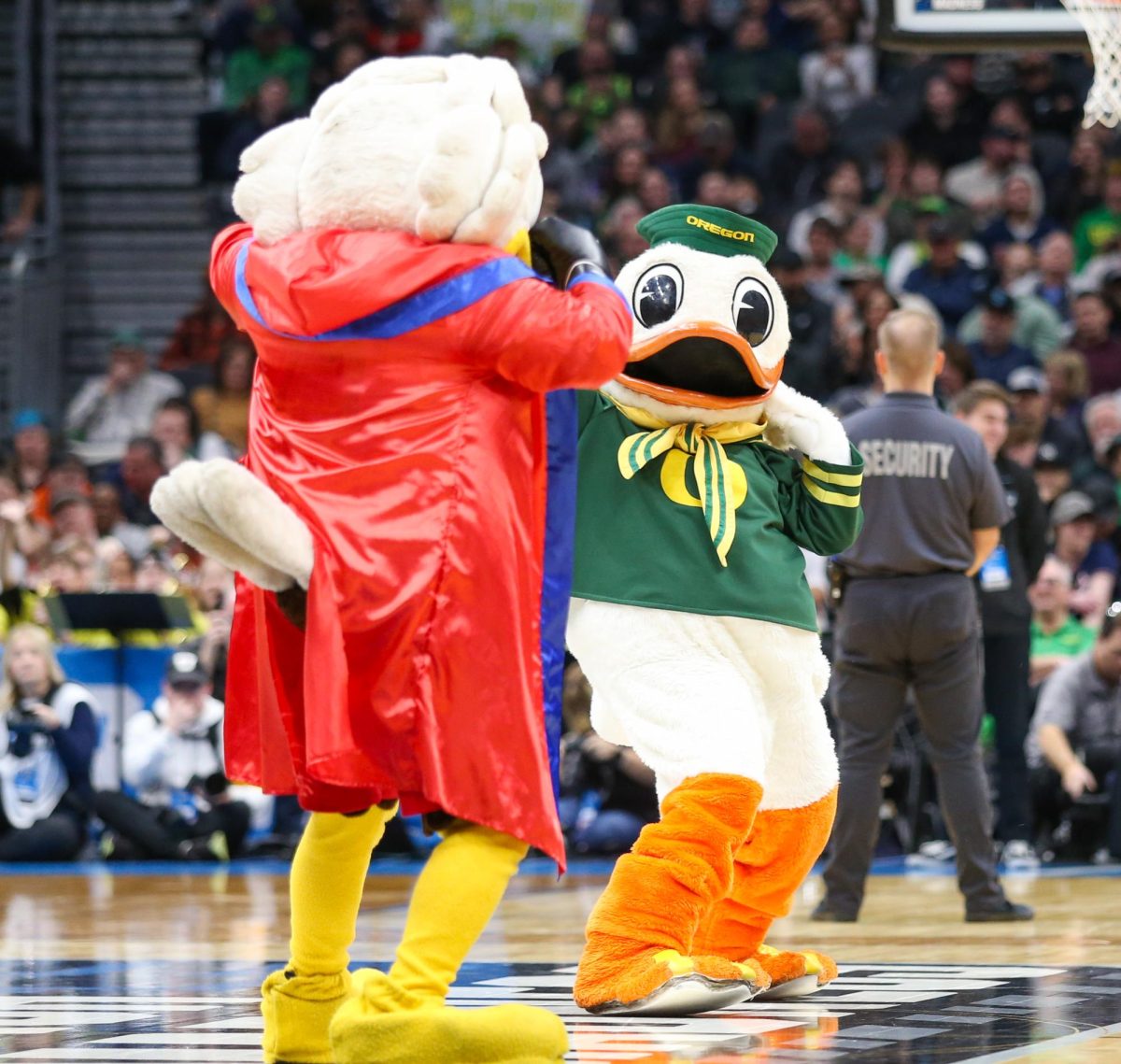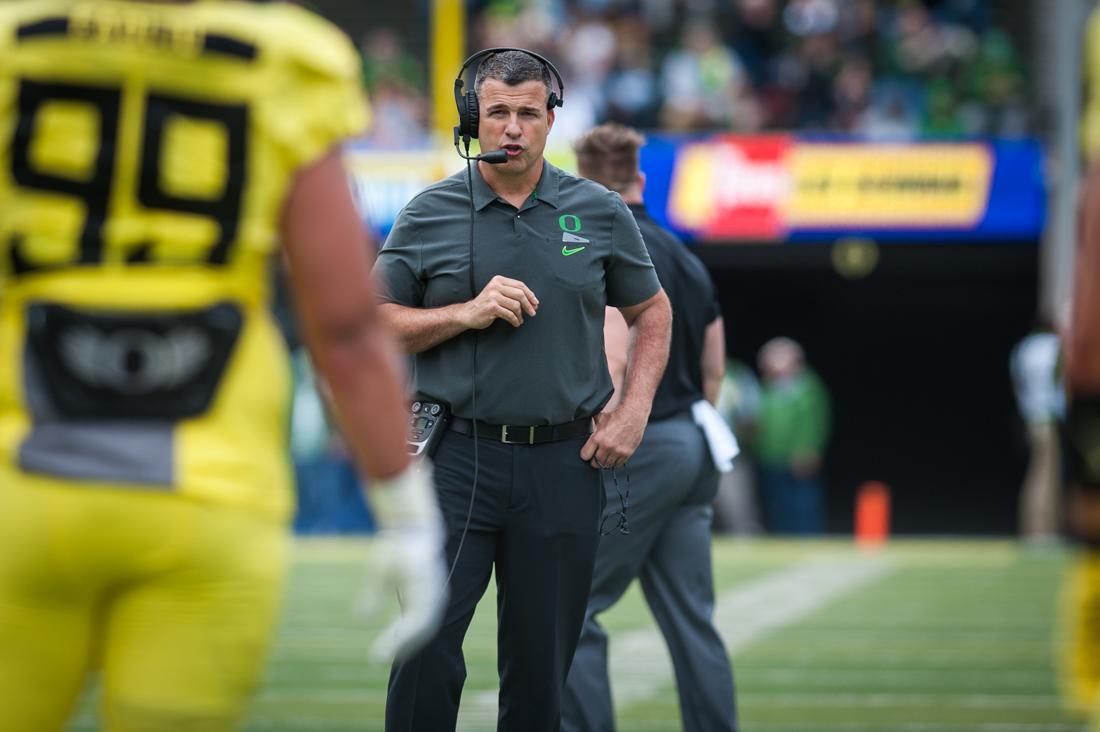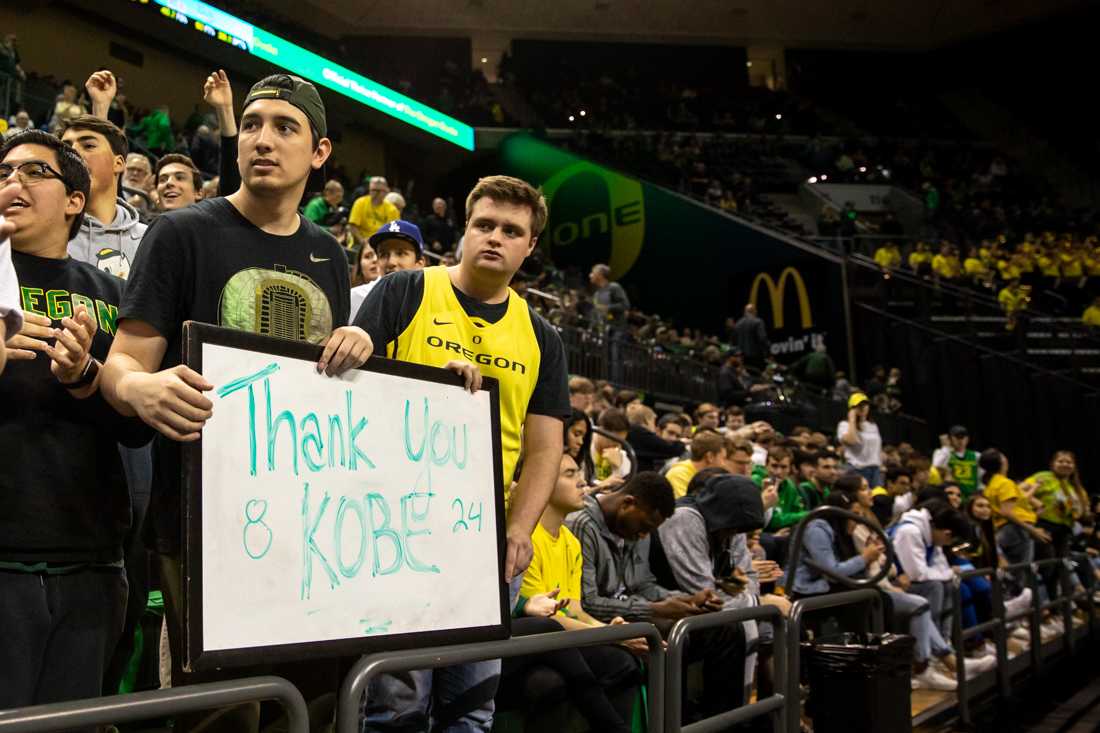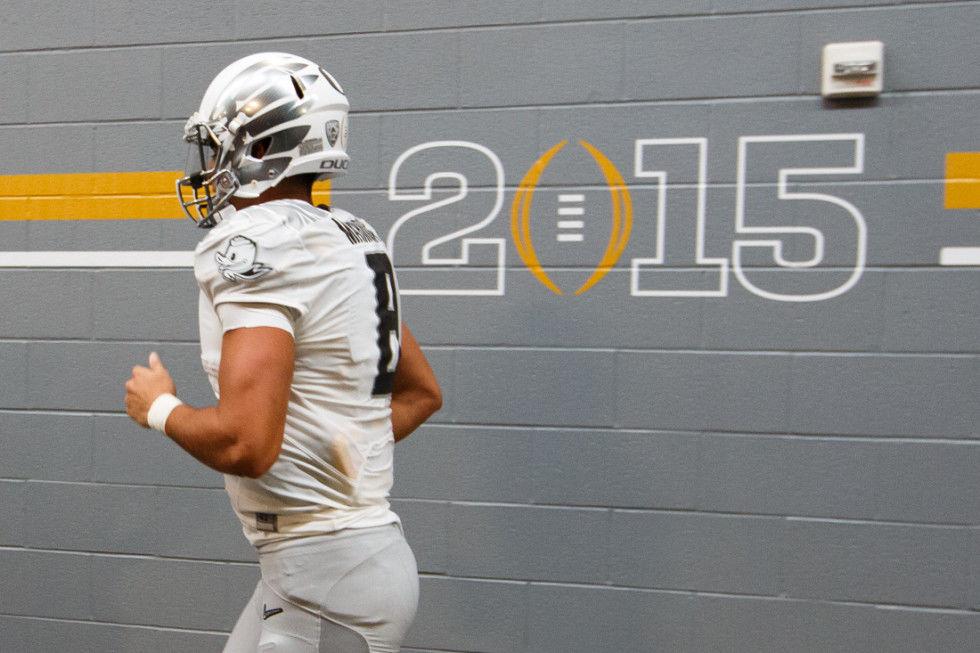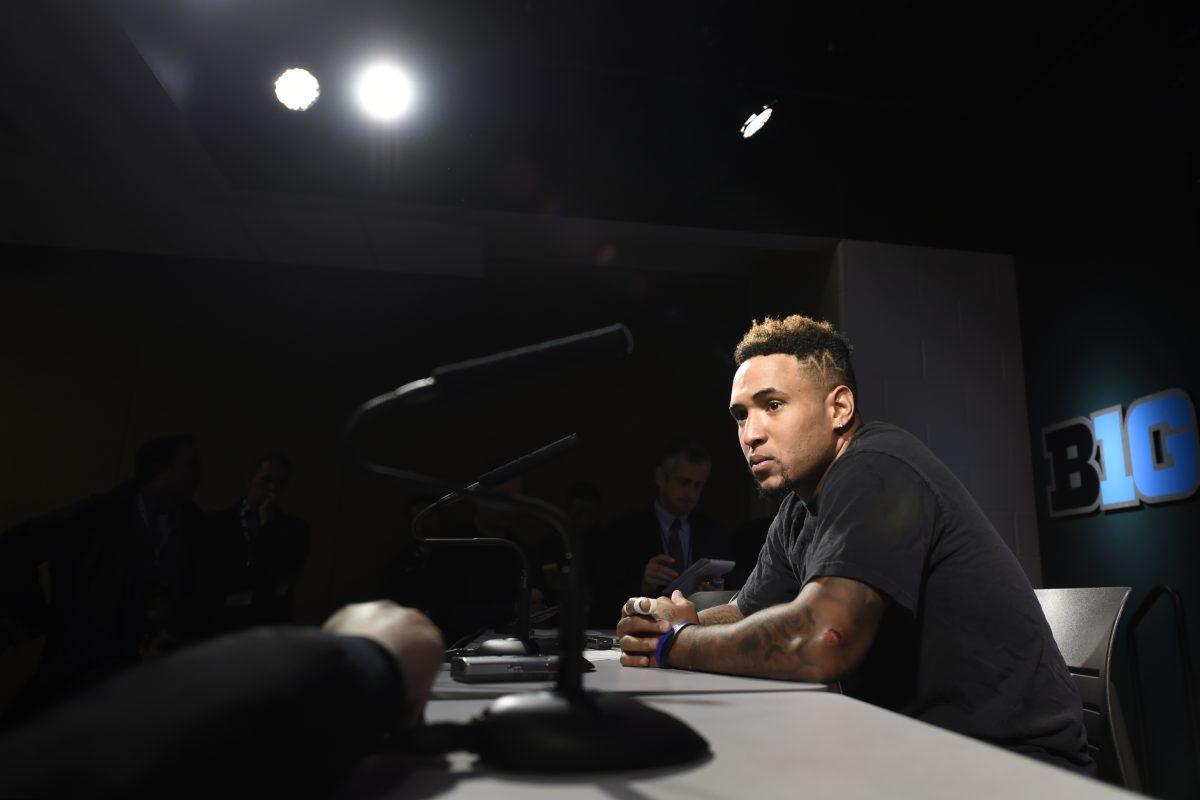Premier programs dominate the collegiate athletic landscape in their respective sports. In men’s college basketball, these programs are often referred to as “blue bloods.” Current examples such as Kentucky, Duke, Kansas and North Carolina have reigned over men’s college basketball for decades, and their passes to this exclusive club seem to never expire. Similar to the preferential treatment received by professional teams in large markets, blue blood programs receive far more media attention and praise than their lesser known counterparts.
For the first time since 1976, both Duke and Kentucky failed to qualify for the ongoing men’s NCAA tournament. Kansas and North Carolina lost in the first two rounds. This rare event opened the door for other teams to make the most of the national spotlight. The struggles of said premier teams causes me to question if they truly deserve their titles in modern college basketball.
Smaller programs like Gonzaga and Butler consistently perform at the same level of said teams yet do not garner nearly as much media attention. Oregon, for instance, has played on par with such programs throughout Dana Altman’s tenure, yet the lack of historical success overshadows modern accomplishments. Six consecutive NCAA tournament appearances speak for themselves, and the program is only on the rise. In a sport where rosters can change drastically on a yearly basis, the value placed on past achievements is simply illogical. Of course, past achievements are meaningful and somewhat noteworthy, but allowing championships from years ago to majorly shape current perceptions of programs is an inaccurate way to judge them.
The beauty of college sports is the diverse nature of talent, human interest stories and its proclivity for randomness. March Madness is the perfect example of this. Sixty-eight teams get the opportunity to make their mark on collegiate athletics. The primary reason I adore this tournament is because I’m introduced to players and programs that I would never have heard of otherwise.
I am less inclined to consume men’s college basketball media for much of the year because I can’t stand endless discussions involving the same four or five teams. In the 2020-21 season, I heard far too many discussions about “blue blood” teams having down seasons. When there’s hundreds of college basketball programs in the country, why do I have to constantly listen to lazy content and opinions about the same programs? I would much rather hear about success stories of lesser known programs than listen to the struggles of a team that won a title two years prior. For blue blood programs, personnel turnover is incredibly relevant. A team like Kentucky could have a different starting lineup every year. Teams are judged based on past achievements, even when no one involved in the current program actually achieved anything.
Sports media must alter its approach to covering college basketball. More emphasis must be placed on curating truly interesting stories and recaps rather than highlighting the mundane happenings of a handful of programs. By fixating on the same subjects, the end result is repetitive media that fails to truly educate or entertain audiences. Shutting out 99% of the nation’s teams suffocates the unique nature of the sport.
Opinion: What’s wrong with men’s college basketball media?
Bazil Sterling
March 31, 2021
Oregon guard Elgin Cook attacks the basketball late in the second half. The Oregon Ducks face the Duke Blue Devils on March 24, 2016, in the Sweet 16 at the Honda Center in Anaheim, California. (Kyle Sandler/Emerald)
0
More to Discover


